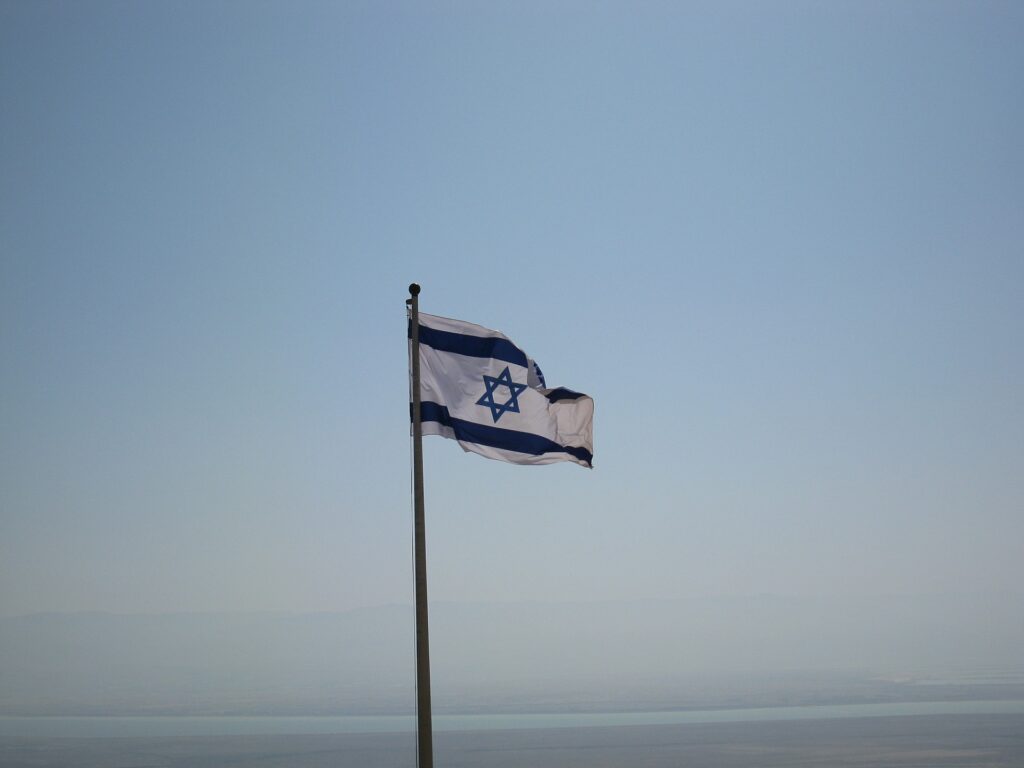Professor Pauline Kollontai

As part of my current research on minority and human rights in Israel, I found there are groups within the Jewish majority population (i.e., Ethiopian and other African Jews) who face levels of discrimination and violations of rights because of scepticism about the authenticity of their religious identity and stigma surrounding their race and skin colour.
Ethiopian Jews (known as Beta Israel) were officially prohibited to make aliyah by the new Israeli state founded in 1948. Whilst Jews from other parts of the world were being allowed into Israel it took another thirty years before Beta Israel were allowed to do so. In February 1973 Israel’s Chief Rabbi Ovadiah Yosef issued a ruling that recognised Beta Israel as Jews. Subsequently, in 1975 a policy change was implemented by Prime Minister Yitzhak Rabin and his government which officially recognised Beta Israel as Jews. Israeli special operations took place between 1980 and 1991 enabling nearly 38,000 Ethiopian Jews to leave Ethiopia. In 1992 approximately 26,000 Beta Israel remained there. Nearly all of these are referred to as ‘Falasha Mura’. They have Jewish ancestry, but since the late 1800s had not formally practised their Judaism because their ancestors had been forcibly converted to Christianity. In 2005 over 22,000 Falasha Mura, were still waiting for the Israeli government to decide if they could immigrate, and as of mid-2021 this number was just over 12,000. From the point of applying in Ethiopia for permission to make aliyah, to their arrival and subsequent life in Israel the struggles and obstacles faced by Ethiopian Jews centre on two key aspects.
First, there is the ongoing questioning and scepticism, particularly by Israel’s Orthodox Jewish establishment, about the authenticity of their Jewish ancestry, identity, and practices. To be considered fully Jewish and practise the Israeli brand of Orthodox Judaism, Ethiopian Jews arriving in Israel undergo some form of study and conversion under the Return-to-Judaism programme. For Ethiopian Jews able to prove their Jewish identity through documentation and having practiced being Jews in Ethiopia their stay in an Israeli absorption centre can be as short as six months but sometimes longer depending on their progress in adapting to the religious practices and rituals and cultural landscape of Israel. They are not required to undergo a full programme of Orthodox conversion. For Falasha Mura the time spent in an absorption centre is usually between 1 – 2 years.
Second, there is the stigma of their race and skin colour. One example is the National Blood Bank Affair. In 1996 it was revealed that since the mid-1980s medical authorities were throwing away blood donated through the National Blood Bank by Jews of Ethiopian origin because they feared it could be contaminated with the HIV virus and could pollute the wider Israeli population. It was not until 2017 that substantial change was made to the policy of Ethiopian Jews giving blood. Under the new regulations those Israeli Ethiopian Jews who had been born or lived in Ethiopia for more than a year and had subsequently been in living in Israel more than 12 months were removed from a Health Ministry list prohibiting the use of their blood for medical procedures. Another example; use of the contraceptive Depo-Prova (banned in most developed countries since 1975 because of side effects) was reported to have been part of the immigration to Israel package. Reports are that Ethiopian women were told if they refused to have the injections before and after their arrival in Israel then they would not be allowed to immigrate.
Overall, Ethiopian Jews face everyday inequalities and discrimination in education, employment, housing, welfare/social provision, and during the past two decades police harassment and violence has grown with deaths of several young Ethiopians Jews during police arrest or in police custody. With growing Israeli and international awareness and concern about the situation of Israel’s Ethiopian Jews the Israeli government set up the Palmor Committee in 2015 to investigate their claims of systematic and institutionalized racism. In 2016 this Committee published its findings exposing the ‘grim reality’ of racism facing Ethiopian Israelis because of pervasive institutional racism that permeated all levels and sectors of society and made fifty-two recommendations to be implemented across all state and government departments and the police. At the end of 2020 thirty-five of these recommendations were implemented. It was reported by a government spokesperson that whilst a good deal of progress had been made in terms of combatting levels of racism there was still a great deal to be done.
During my research I came across this poem written by some young Israeli-born Ethiopian Jews:
See what is happening in society
Sighs of pain come from our fellow immigrants
But we do not hear them. They exist but are unseen
Black yet transparent
Only the rich, powerful, and media exist and are heard.
This is a different world, the world of the strong
And if you have no connections with the rich – you have nothing to do in your land
Is it not important that you are a good person; are good connections all that matter?!
Let us learn from the past, for it seems we are nearing that situation again, God forbid
If we do not say that it will not happen again, but instead remember
Do good and prevent our own destruction [1].
- Anon, 2015. Forgiveness and Pardon. Poem written for Jerusalem Day ceremony: The Memorial Day for Ethiopian Jews Who Perished on their Way to Israel, 28 Iyar (Sunday, May 17, 2015) http://www.reform.org.il/Assets/domim/jerusalem%20day%20-memorial%20for%20ethiopian%20jews.pdf